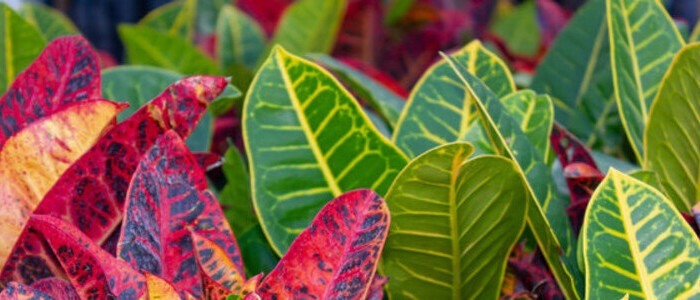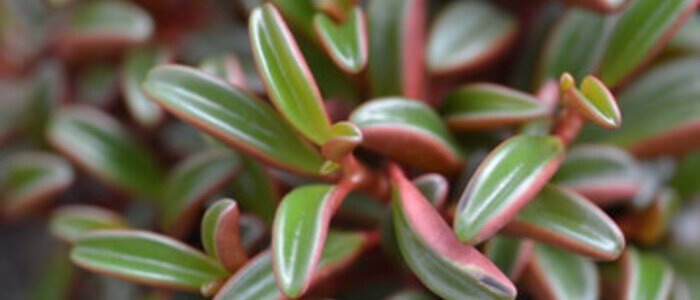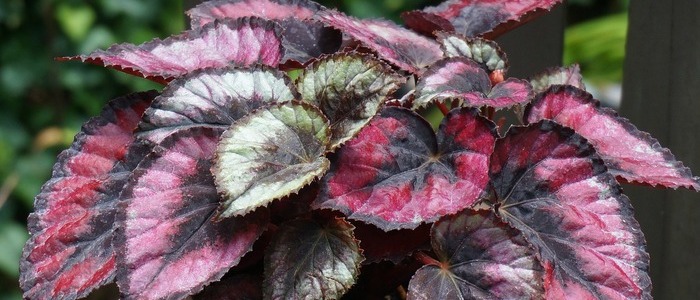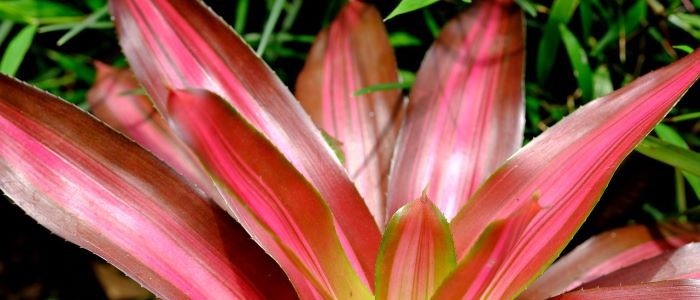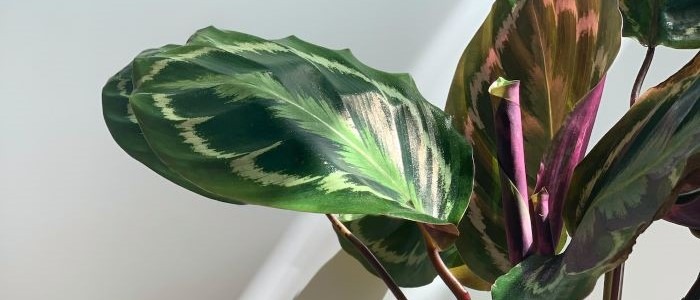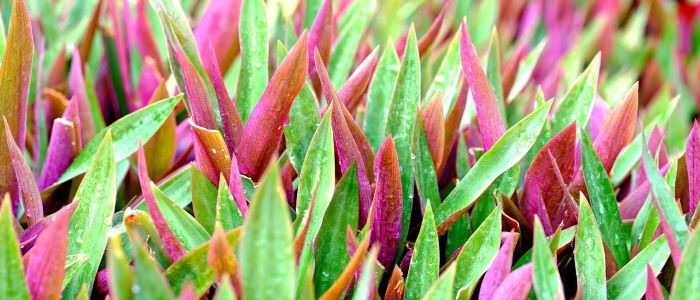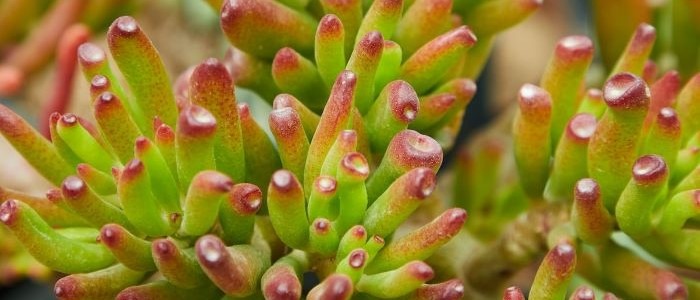Have you considered adding the red aglaonema to your home garden? Well, you should this plant is not only beautiful, but it also has air-purifying qualities. The Red Aglaonema is known for its striking red and green leaves that add a pop of color to any space. It is also a low-maintenance plant that can thrive in low to medium light, making it perfect for indoor spaces.
Additionally, this multi-colored plant is known for its ability to remove harmful toxins from the air, making it a great addition to any home. In this article, you will get to know everything you need to know about the red aglaonema plant, from how to take care of these plants to how to propagate and prune them easily.

Red Aglaonema Plant Frequently Asked Questions
How often should I water my red Aglaonema?
Water your red Aglaonema when the top inch of soil feels dry to the touch. Be sure not to overwater, as this can lead to root rot. It is also important to avoid letting the plant sit in standing water, as this can also cause root rot. As a general rule, it is better to underwater than overwater your Aglaonema.
Is the red aglaonema an indoor plant?
Yes, the red Aglaonema plant is an indoor plant that thrives in low to medium light conditions. It is important to keep it away from direct sunlight, as this can cause damage to the leaves. The plant is also sensitive to cold temperatures, so it should be kept in a warm and humid environment.
Red Aglaonema Care Tips
Tips for caring for the red aglaonema plant include providing it with bright, indirect light and keeping the soil moist but not waterlogged. It’s important to avoid exposing the plant to direct sunlight, as this can scorch the leaves. Additionally, red aglaonema plants prefer temperatures between 65-80°F and can benefit from occasional misting to increase humidity.
Regular fertilization with a balanced houseplant fertilizer can also promote healthy growth. Finally, be sure to monitor the plant for any signs of pests or diseases and address any issues promptly to prevent them from spreading.
How to propagate the red aglaonema plant
Once you have obtained a healthy red aglaonema plant, the next step is to propagate it. There are two main ways to propagate this plant: through stem cuttings and through division. Both methods are fairly easy and straightforward, but they require different techniques and equipment. In this guide, we will walk you through the steps for each method so you can choose the one that works best for you. By following these steps, you will be able to propagate your red aglaonema plant successfully and grow a new plant from your existing one.
Whether you choose to use stem cuttings or division, make sure to provide your new plant with proper care and maintenance to ensure its growth and health. For stem-cutting propagation, you will need a clean pair of pruning shears, a rooting hormone, and a pot with well-draining soil. Begin by selecting a healthy stem that is at least 4-6 inches long and has a few leaves. Cut the stem at a 45-degree angle just below a node, which is where a leaf attaches to the stem.
Remove any leaves from the bottom third of the stem and dip the cut end in the rooting hormone. Plant the stem in the pot and water it thoroughly. Keep the pot in a warm, bright location, and mist the cutting regularly to keep it moist. For division propagation, carefully remove the plant from its pot and gently separate the root ball into two or more sections. Plant each section in a pot with well-draining soil and water thoroughly. Provide the new plants with bright, indirect light and keep the soil consistently moist but not waterlogged.
For successful propagation, it’s important to keep a few things in mind. Firstly, make sure to use clean, sharp tools to avoid damaging the stem or introducing disease. Secondly, choose a rooting hormone that is appropriate for the type of plant you are propagating. Lastly, be patient – it can take several weeks or even months for a cutting or division to establish roots and begin to grow.
With proper care and attention, however, you can easily multiply your favorite plants and enjoy them in multiple locations throughout your home or garden.
How to Prune the Red Aglaonema Plant
To properly prune your red aglaonema plant, you will need a few tools, such as pruning shears and rubbing alcohol. Start by identifying any dead or yellowing leaves on the plant and remove them at the base of the stem.
Additionally, look for any branches that are crossing or rubbing against each other and remove the weaker of the two. It’s important to make clean cuts to avoid damaging the plant, so be sure to sterilize your pruning shears with rubbing alcohol before and after each use.
Common Problems and Pests When Growing Red Aglaonema
Common problems when growing the red aglaonema plant include issues with watering, light, and temperature. Pests that can affect the red aglaonema plant include spider mites, mealybugs, and scale insects.
Overwatering can lead to root rot and yellowing of the leaves, while underwatering can cause the leaves to wilt and dry out. It is important to maintain a consistent watering schedule and ensure proper drainage for the red aglaonema plant. The red aglaonema plant also requires bright, indirect light to thrive, but too much direct sunlight can scorch the leaves. Additionally, the plant prefers temperatures between 65-80°F and can be sensitive to drafts or sudden changes in temperature. Therefore, it is important to maintain a consistent environment for the red aglaonema plant to ensure its health and growth.
Pests that can affect the red aglaonema plant include spider mites, mealybugs, and scale insects. These pests can cause damage to the leaves and stems, leading to stunted growth and a weakened plant. Regularly inspecting the plant for signs of infestation and treating it with insecticidal soap or neem oil can help prevent these pests from causing harm. It is also important to keep the plant clean and free of debris, as this can attract pests and create a breeding ground for disease.
By addressing these common problems and taking preventative measures, the red aglaonema plant can thrive and add beauty to any home garden.
Conclusion
In summary, the red aglaonema plant needs moderate to bright indirect light, well-draining soil, and regular watering. However, it is important not to overwater the plant, as this can lead to root rot. It is also recommended to fertilize the plant every two to three months during the growing season to promote healthy growth.
Additionally, pruning the plant can help maintain its shape and prevent it from becoming too leggy.
Overall, with proper care and attention, the red aglaonema can make a beautiful addition to your garden.
Other Multi-color Houseplants

